buying guide
Black Friday Vacuum Deals 2025: Your Guide to the Best Robot, Mop & Cord...
Black Friday is one of the best times to buy a new vacuum for your home. If you play this right, Black Friday vacuum deals can save you $200–$800, but only if you know which type you actually need. The wrong pick turns into buyer’s remorse. The right choice means years of easier cleaning. This guide helps you quickly find the right vacuum for your home and habits at the best price.
Don't Wait Until Black Friday Day (November 28)
Most Black Friday vacuum deals are already live, or expected to launch soon (from November 21 to 24, 2025).
The hottest picks, especially robot vacuums with self-emptying/self-washing docks, often sell out by Thanksgiving weekend. If you already know the model you want, grab it before they're gone.
Find Your Perfect Vacuum: 3 Quick Questions
1. Do you want fully automated daily cleaning?
→ Jump to Robot Vacuum Black Friday Deals
Set it once and let it run on a schedule. Smart mapping keeps busy households' floors tidy. A self-empty/self-wash dock cuts maintenance to minutes per month, which is clutch for pet hair and mixed floors. With a robot vacuum and mop, you’ll maintain a consistently clean baseline between deep cleans.
2. Do you tackle frequent spills and sticky messes?
→ Jump to Wet-Dry Vacuum Black Friday Deals
Ideal for kitchens, entryways, kids/pets, sealed hard floors. You can vacuum and mop in one pass to clear crumbs, grease, and dried spills faster than a bucket and mop. Fresh-water cleaning plus self-clean/hot-air dry helps prevent odors and keeps the brush hygienic.
3. Do you need lightweight, versatile spot-cleaning?
→ Jump to Cordless Stick Deals
Grab-and-go convenience for stairs, cars, couches, and quick crumbs. No setup, no app. You can swap tools, and a light frame makes fast touch-ups easy, especially in small spaces. It’s the easiest way to stay on top of daily dust without a full clean.
Your Black Friday Pricing Guide: What to Expect
Set realistic expectations before you click “Add to Cart.” These are typical promo ranges for quality models, so you can quickly spot a real deal.
Premium Robot Vacuums: $400–$800 (Regularly $800–$1,400)
Wet Dry Vacuums: $250–$500 (Regularly $400–$700)
Cordless Sticks: $200–$400 (Regularly $350–$600)
Actual pricing varies by configuration, dock features, and bundles.
Are you prepared for Black Friday shopping this year? Take a look at these 7 Smart Black Friday Shopping Tips to Get the Best Deals in 2025.
Get Ready for Best Robot Vacuum Deals
If you want floors to look guest-ready every day with minimal effort, robot vacuums and mops are your go-to. Especially those with self-emptying dust bags and self-washing, hot-air-drying mop pads. The best Black Friday values usually bundle premium navigation (LDS + AI obstacle avoidance), mop-lifting for carpets, and powerful suction.
Hero Pick This Black Friday
[product handle="x50-ultra-robot-vacuum" rating="4.9"]
Why it’s compelling: Advanced navigation with mop-lift for rugs, robust suction for daily debris, and a dock that empties, washes, and hot-air dries to reduce maintenance.
Who it’s for: Busy homes, pet owners, mixed floors (hardwood + carpet), anyone who wants truly hands-off cleaning.
Watch for: Bundle add-ons (extra dust bags/mop pads), extended warranties, and limited-time Early Access pricing.
Looking to compare all models, docks, and features? Begin by exploring our detailed robot vacuum buying guide to help you get a better grasp on things.
Get Ready for Best Vacuum Mop Deals
If your reality includes spilled cereal + milk, grease splatters, or sticky tracks by the door, a wet-dry vacuum is the fastest, most satisfying clean on sealed hard floors. It vacuums and washes in one pass, then self-cleans to stay fresh.
Hero Pick This Black Friday
[product handle="h15-pro-carpetflex-wet-dry-vacuum" rating="4.9"]
Why it’s compelling: Strong pickup with a self-clean cycle (hot-wash + hot-air dry), thoughtful edge performance, and a design tuned for streak-free results on tile, vinyl, and sealed wood.
Who it’s for: Kitchens, bathrooms, entryways, homes with kids/pets, and anyone who wants to replace mop + bucket.
Watch for: Extra cleaning solution bundles, spare rollers/filters, and a runtime of 40 minutes.
Looking for other models with edge-to-edge cleaning and self-drying? Explore our complete Wet-Dry Vacuum collection.
Get Ready for Best Cordless Stick Deals
Cordless sticks are your grab-and-go cleaners: perfect for stairs, cars, tight spaces, and weekday touch-ups. On Black Friday, look for lightweight frames, high-capacity batteries, and anti-tangle floor heads that shine on daily dust and hair.
Hero Pick This Black Friday
[product handle="z30-cordless-stick-vacuum" rating="4.9"]
Why it’s compelling: Strong suction for its weight class, motorized brush head for carpets, and attachments that make quick work of corners, upholstery, and car seats.
Who it’s for: Apartments, multi-story homes, pet owners who need frequent touch-ups, anyone craving light + fast.
Watch for: Extra filters and accessory kits at limited-time pricing.
How to Choose the Right Vacuum on Black Friday
Use this checklist to match your home realities with the right tool—before you chase the deepest discount.
Floors & Mess Types
Mostly hard floors + spills: Wet-dry vacuum wins. One pass = vacuum + wash.
Mixed floors (hard + carpet): Robot vacuum with mop-lift for rugs, plus good suction.
Carpeted rooms + quick pickups: Cordless stick with a motorized brush.
Daily Time Saved vs Deep-Clean Power
Always clean with minimal effort: Robot vacuum —set schedules; let the dock handle upkeep.
Deep clean now: Wet-dry—destroys sticky messes and liquid spills in a single routine.
Five-minute tidy: Cordless stick—light, fast, and easy to carry.
Pets & Allergies
Shedding + litter: Robot vacuum and mop for routine; wet-dry for kitchen/bath zones; cordless for couches and corners.
Allergies: Seek sealed filtration, dust-bag docks, and odor-control features.
Home Layout
Lots of thresholds, tracks, or uneven joints: Robot vacuum with threshold-climbing design and smart navigation, or a wet-dry with strong edge cleaning.
Tight spaces/stairs: Cordless stick with targeted attachments.
Maintenance & Ownership
Lowest weekly effort: Robot vacuum with self-empty + self-wash + hot-air dry dock.
Simple after-care: Wet-dry vacuum with one-click self-clean for rollers and internal lines.
Lowest storage footprint: Slim cordless vacuum with wall dock.
Picking the right model is just one part of the process. Make sure to plan your shopping wisely to get your Black Friday orders on time.
Robot vs. Wet-Dry vs. Cordless: Which Do You Need?
Pick a Robot Vacuum if you want hands-off cleaning that prevents buildup. It quietly keeps floors presentable, day after day.
Pick a Wet-Dry Vacuum if your pain points are sticky spills, grease, and muddy prints. Nothing beats it for hard-floor messes.
Pick a Cordless Stick if you need lightweight speed for stairs, cars, and small spaces—and want a cleaner that’s always within reach.
Pro move many homes love: Run a robot vacuum daily for maintenance; keep a wet-dry for kitchens/baths and a cordless for fast touch-ups. That combo covers 99% of real-life messes with less effort.
Shopping FAQ
Where can I find more vacuum Black Friday deals?
Start with official brand stores and their Black Friday hubs. You’ll often see exclusive bundles, special offers, and subscriber-only codes. Major retailers also host flash drops throughout the week.
Are vacuums cheaper on Black Friday?
Typically yes. You’ll see some of the lowest prices of the year—especially on premium robots with docks, wet-dry vacuums with self-cleaning, and cordless sticks bundled with extra batteries or accessories.
Black Friday vs. Cyber Monday, what’s better for vacuums?
Both are strong. Black Friday usually has the widest selection and bundles; Cyber Monday can bring online-only tech picks and last-chance markdowns. If you’re eyeing a specific model/color, buy during Early Access to avoid sellouts.
Is Black Friday a good time to buy a vacuum?
Yes. It’s one of the lowest-price windows of the year for robot vacuums, wet/dry floor washers, and cordless sticks, with the best selection appearing in the week before Black Friday and top bundles often selling out by the weekend. If you want a specific model/dock combo, buy early.
What vacuum cleaner brands go on sale during Black Friday?
Expect promos from many top names, including Dreame, Dyson, iRobot, Roborock, and others. Exact savings vary by model, retailer, and region.
What Are the Best Black Friday Vacuum Deals?
The best Black Friday vacuum deals target premium robot, wet-dry, and cordless vacuum cleaner models, often 30–60% off. Prioritize self-emptying docks (robot vacuums) and self-cleaning wet-dry rollers (wet dry vacs). You can expect advanced features like navigation and strong suction at the year’s lowest prices.















































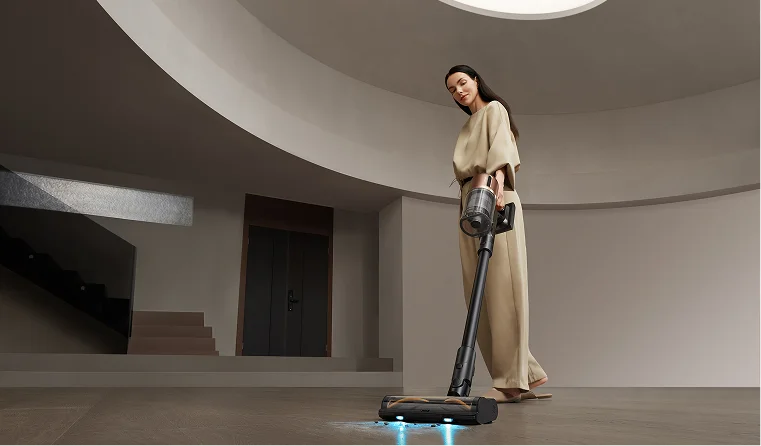
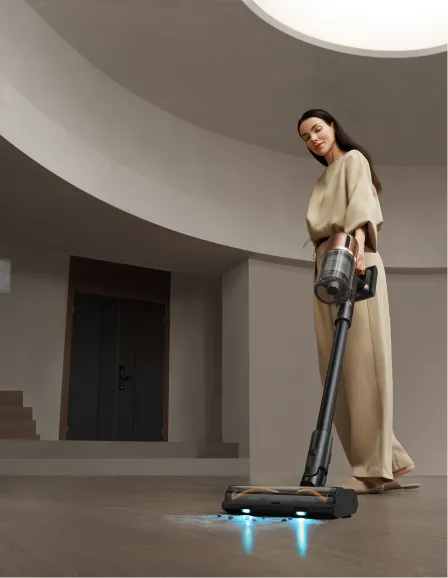

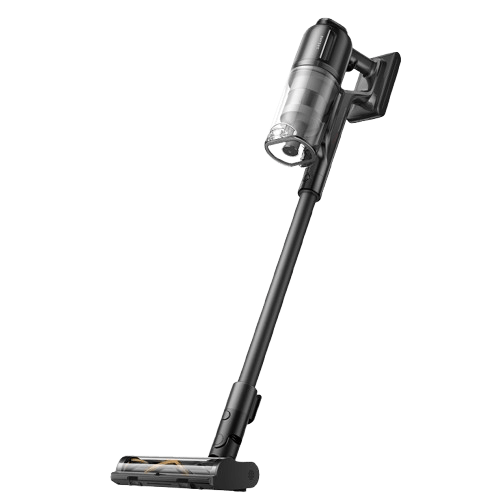

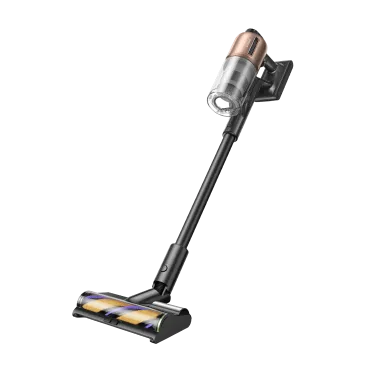
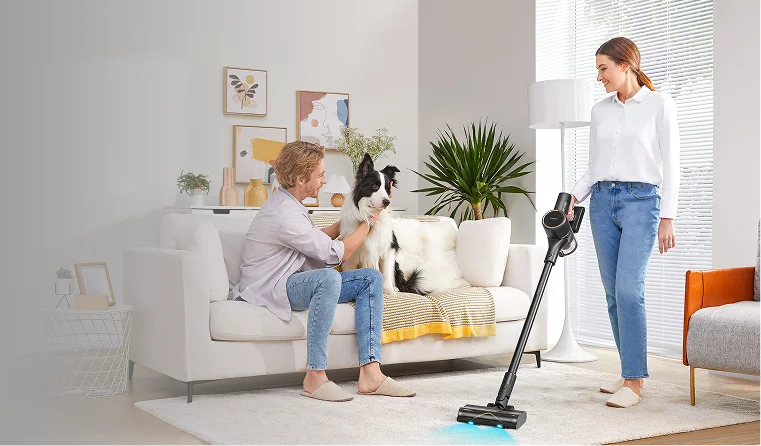
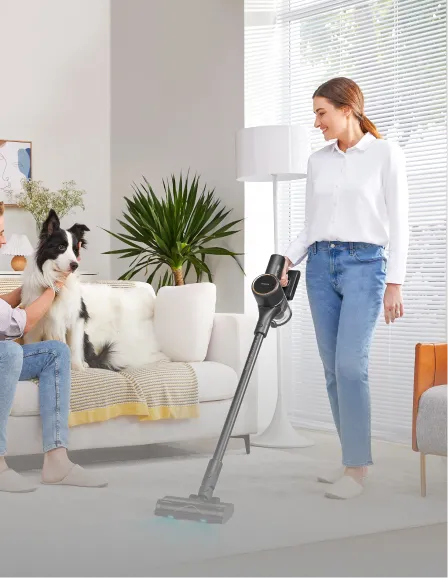
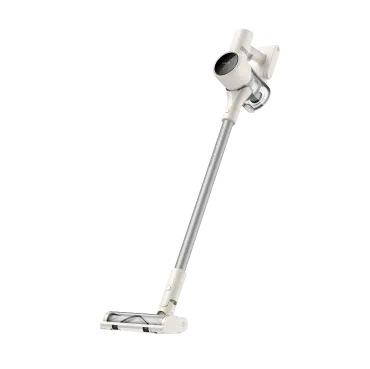
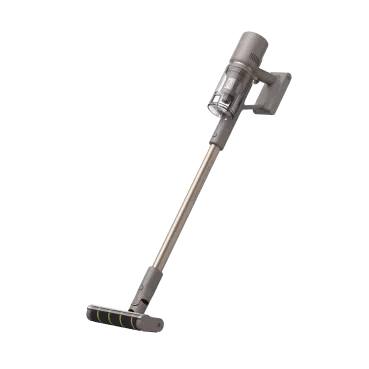
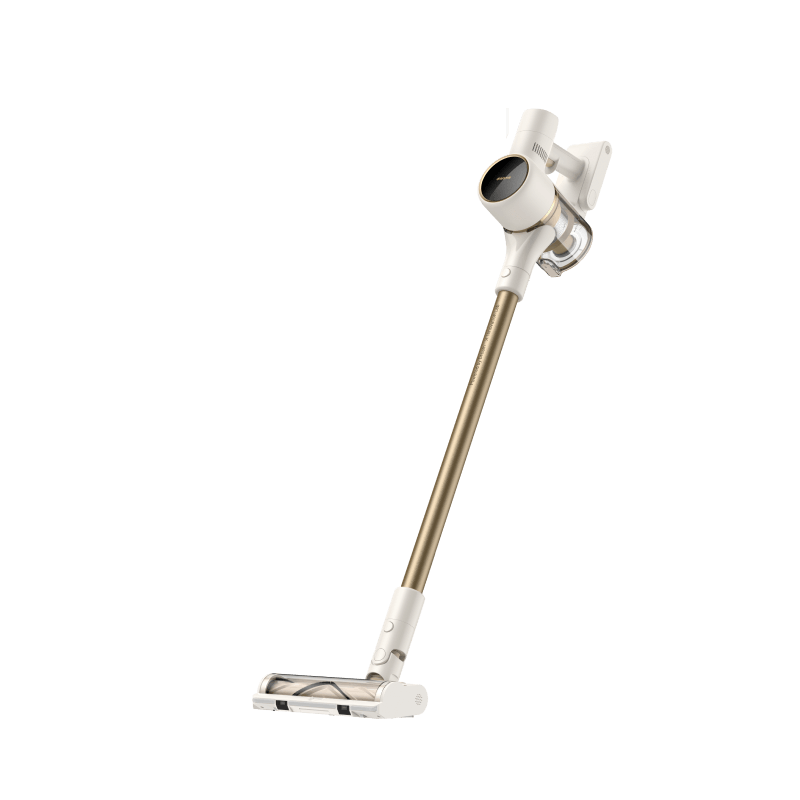
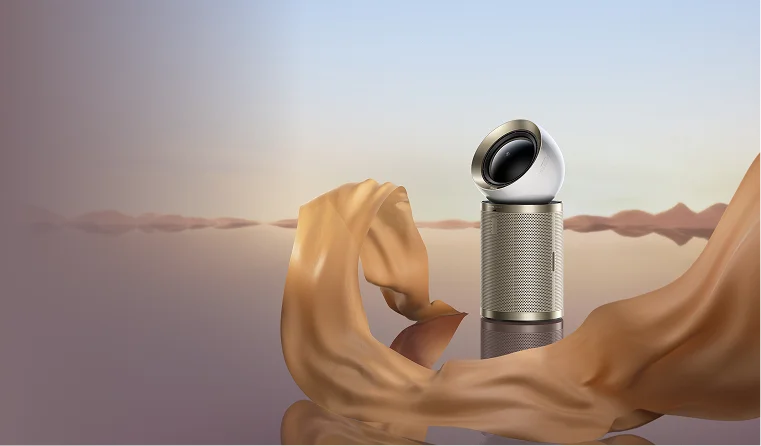
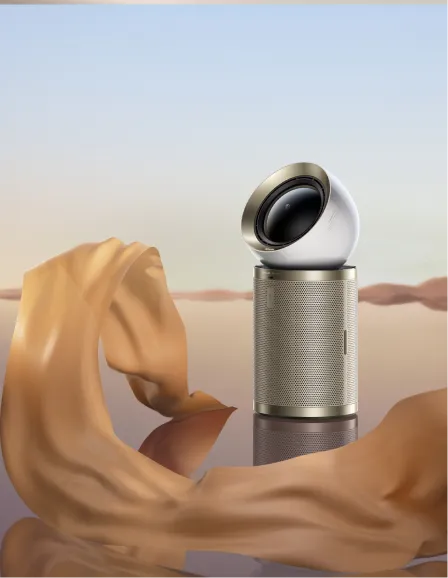

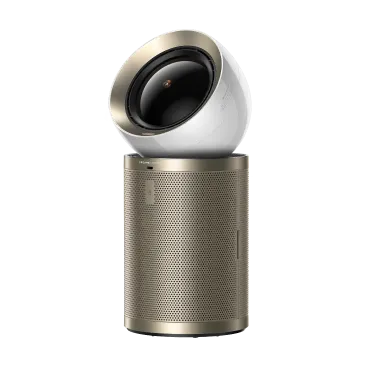

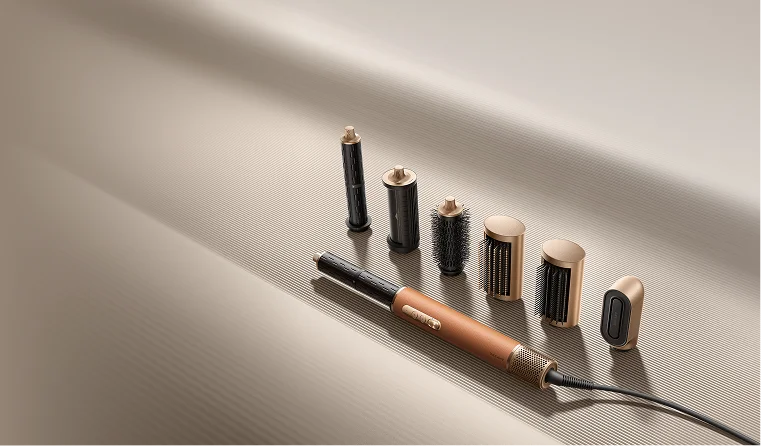
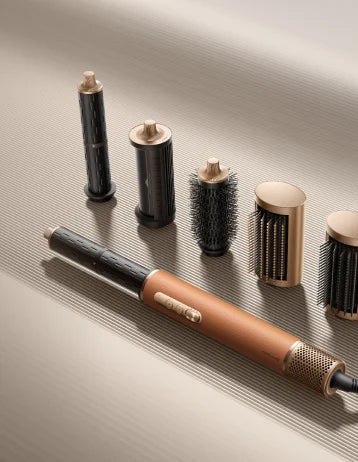
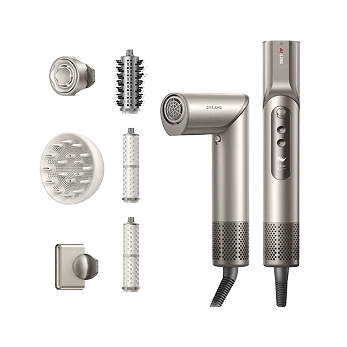
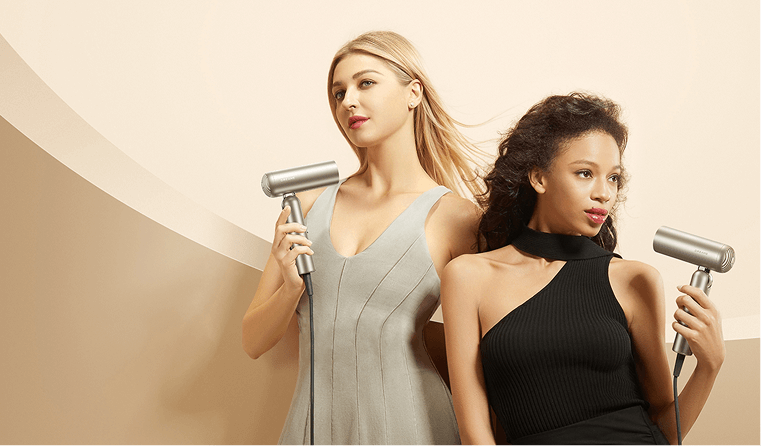
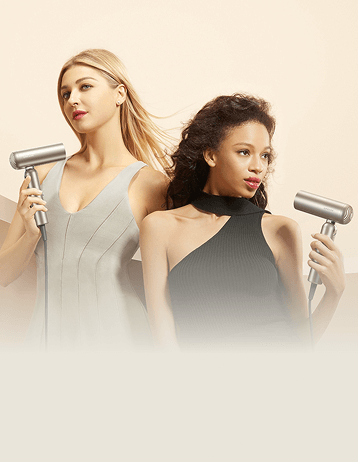
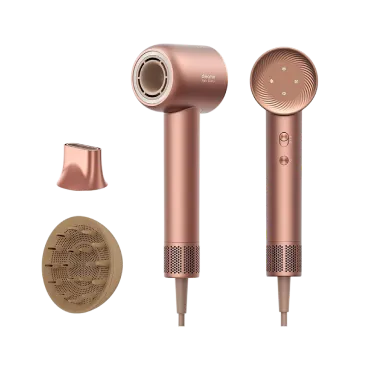
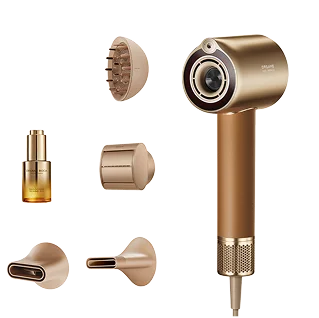




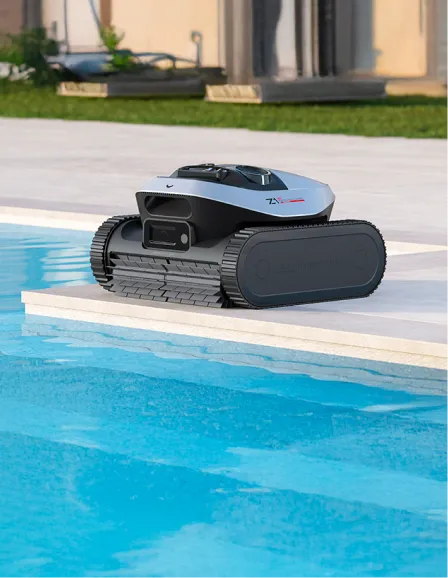
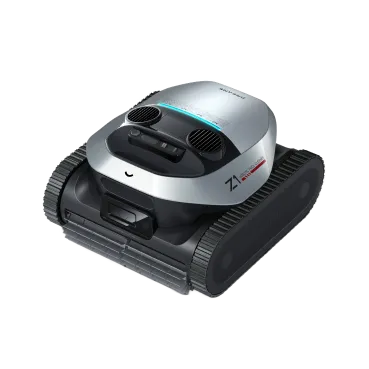
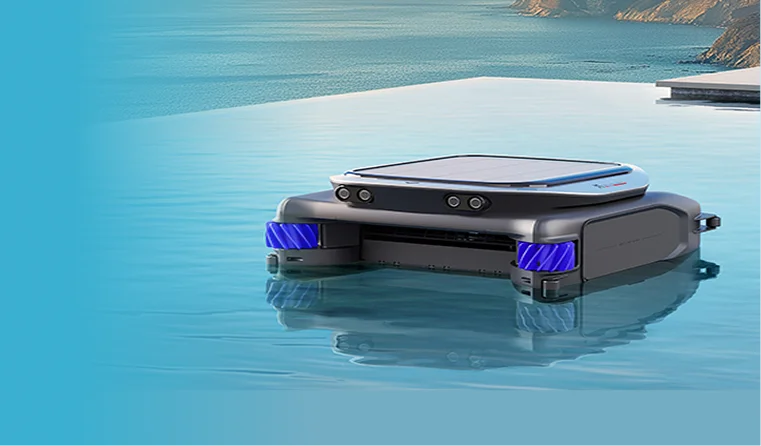











 Australia
Australia 中国大陆
中国大陆 日本
日本


 Türkiye
Türkiye


 Italia
Italia
 Netherlands
Netherlands Belgium
Belgium
 Greece
Greece Polska
Polska
 Norway
Norway
 Sweden
Sweden
 Finland
Finland
 Denmark
Denmark
 Hungary
Hungary Czechia
Czechia
 Slovenia
Slovenia
 Croatia
Croatia
 Switzerland
Switzerland United Kingdom
United Kingdom
 Canada
Canada









